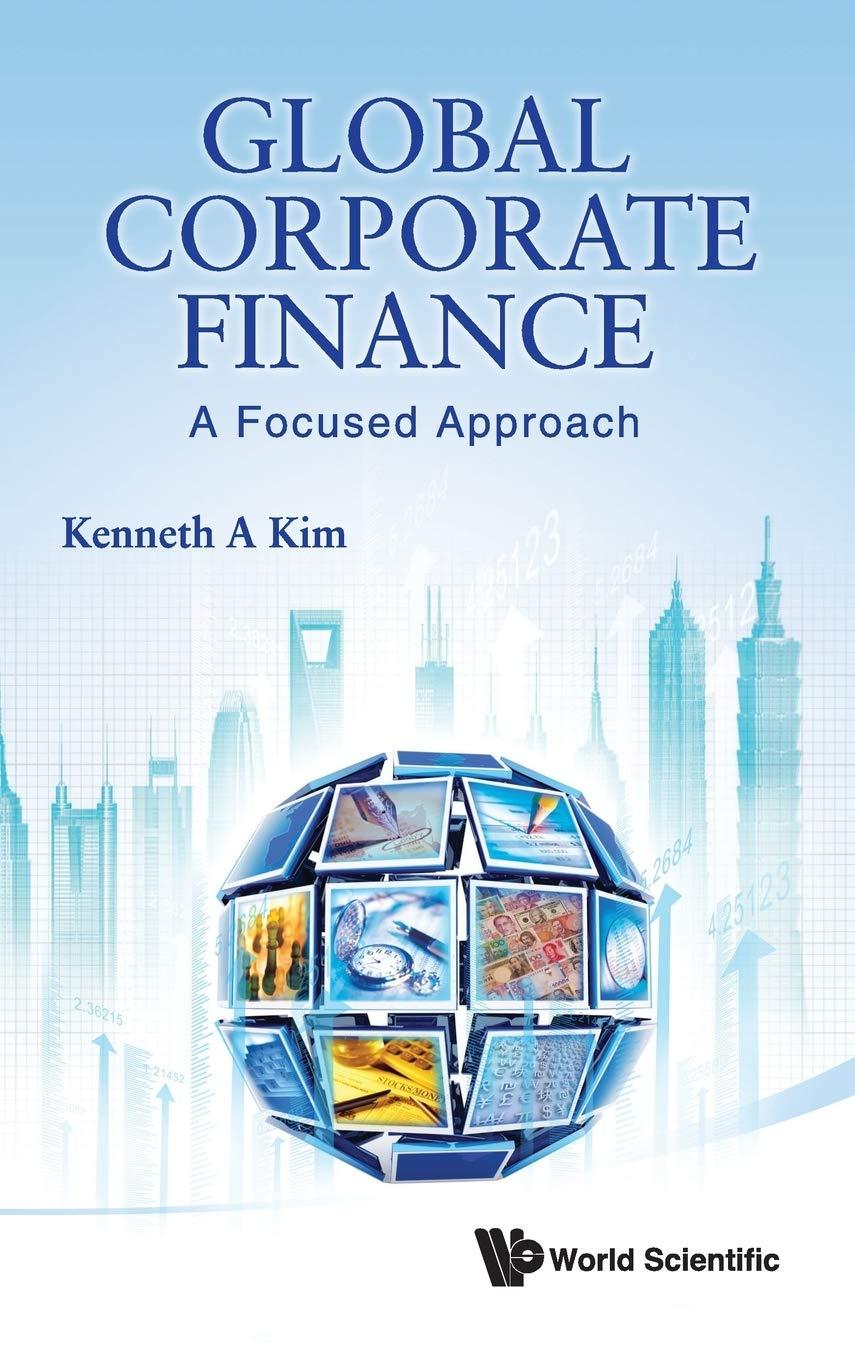Question
Considering Green Mountains market prospects, what do you anticipate as the companys potential market reach among the 90 million coffee brewing households? While there's no

Considering Green Mountains market prospects, what do you anticipate as the companys potential market reach among the 90 million coffee brewing households? While there's no definitive answer, its a projection: Align the answer with the bull case, supported by the company's historical performance.
Based on your perspective, forecast the companys growth in installed brewers over the next five years. Assuming a 10% market penetration in 2011 with an installed base of 9 million brewers, predict the annual increase in brewer units sold from 2012 to 2016.
Additionally, by assuming a trend in daily consumption (the attach rate), estimate the total yearly sales of K-Cups by multiplying the projected brewer base by this daily consumption and the number of days in a year for each year (2012-2016).
Turn these answers into a revenue projection for 12-16. Calculate three revenue segments:
- Brewer revenue
- K-cup revenue
- Ground coffee and bean revenue
Market potential The bull case was based on the fact that GMCR had a potential for enormous growth. GMCR estimated that its addressable market was the 90 million households that owned a coffee brewer. Even if GMCR only captured one third of that market, it would mean 30 million Keurig households. The latest estimates quoted by Einhorn in his presentation stated that anywhere from 7.5 million to 10.5 million households already had a Keurig brewer. In the bull case, the user base could easily still triple. The bull case assumed that households drank two cups of coffee per day, resulting in at least 15.5 billion K-Cups sold per year, with a profit of $0.15 per K-Cup. Given this growth potential, retailers would add space to sell more Keurig brewers and K-Cups, preventing competition from getting a foothold and perhaps increasing GMCR's ultimate growth potential. The bull case analysis led to estimated annual EPS (earnings per share) of \$9 (see Exhibit 6). Brand partnerships The bulls claimed that recent deals with Starbucks and Dunkin' Donuts would only increase consumers' devotion to the Keurig system. These deals would also limit future competition because these brands would be discouraged from creating a challenger to the Keurig system and thereby cannibalizing sales of their licensed K-Cups. Expiring patents Because of the limited competition to the Keurig system, the bull case downplayed the importance of expiring patents on the K-Cup. Even if competitors were allowed to manufacture K-Cups without a license from GMCR, the processes GMCR used to make K-Cups were still patented, and virtually every brand of coffee was sold in a licensed K-Cup. In the traditional bagged coffee market, consumers had strong brand preferences, and private-label coffee brands made up only 10% of the market. Competitors hoping to create a lower priced alternative to GMCR's product would have a difficult time with the technology and capital required to make K-Cups and a difficult time securing retail shelf space
Step by Step Solution
There are 3 Steps involved in it
Step: 1

Get Instant Access to Expert-Tailored Solutions
See step-by-step solutions with expert insights and AI powered tools for academic success
Step: 2

Step: 3

Ace Your Homework with AI
Get the answers you need in no time with our AI-driven, step-by-step assistance
Get Started


